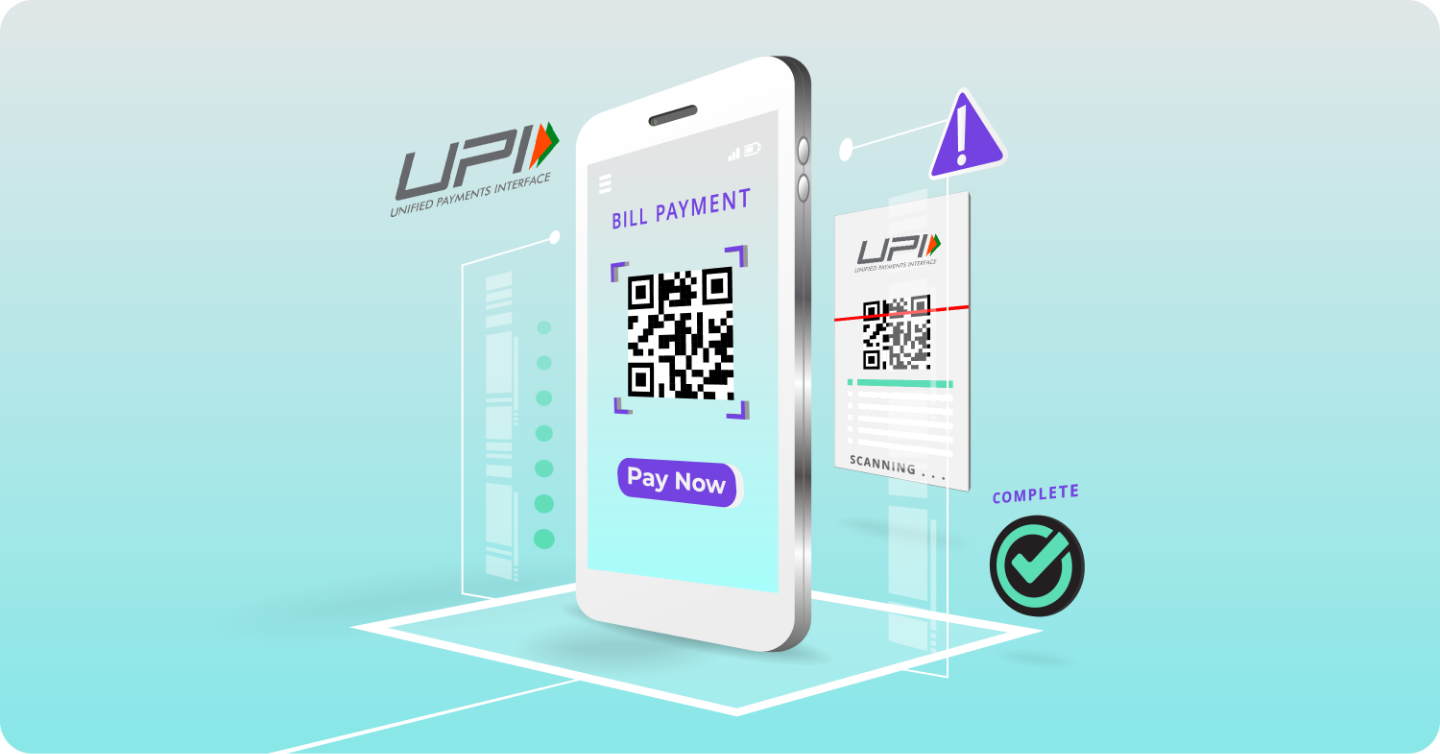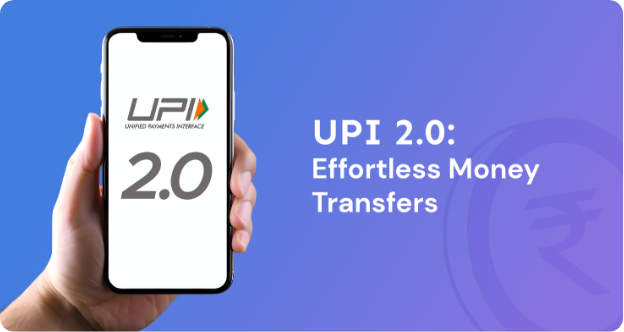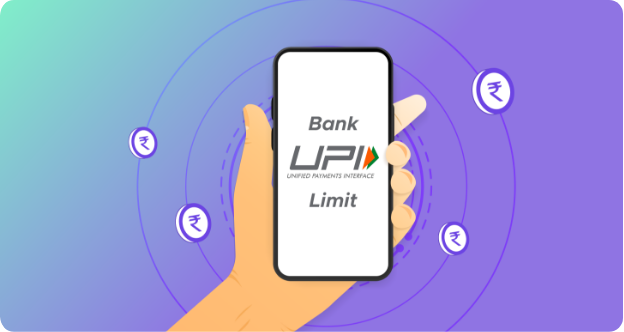CATEGORY - UPI
Safeguarding yourself from fake UPI payment: A comprehensive guide
UPI - 1 Dec, 2023

In the era of digitalization, UPI (Unified Payments Interface) has emerged as a revolutionary payment system, enabling seamless and secure transactions. However, with the growing popularity of UPIs, fraudulent activities have also increased, leading to the emergence of fake UPI payments. These deceptive schemes aim to trick unsuspecting users into believing they have received or made a legitimate UPI payment, resulting in financial losses.
What are fake UPI payments?
Fake UPI payments are fraudulent attempts to deceive users into believing they have received or made a legitimate UPI transaction. These scams can take various forms, including:
-
Fake payment screenshots:Fraudsters create counterfeit screenshots of UPI payment confirmations and send them to unsuspecting users, making them believe they have received a payment.
-
Fake UPI QR codes: Fraudsters generate fake UPI QR codes that redirect users to phishing websites or malicious apps, attempting to steal their UPI credentials.
-
Impersonation scams: Fraudsters impersonate trusted individuals or organizations, such as bank representatives or customer service personnel, and trick users into revealing their UPI PIN or OTP.
Fake payment scams on the UPI platform
Scammers often employ various tactics to deceive users with fake payment mechanisms. Various deceptions include:
-
Fake payment screenshots: Fraudsters create fabricated screenshots showing successful transactions that never occurred. Unaware merchants verify the payment based on these screenshots, leading to loss of goods or services.
-
QR code manipulation: Malicious actors alter QR codes displayed by businesses, redirecting payments to their own accounts. This way, they can deceive both the merchant and the customer.
-
Social engineering:Scammers try to trick users into sharing sensitive information like phone numbers, UPI PINs, or OTPs. This allows them to gain access to accounts and initiate unauthorized transactions.
Impact on businesses and merchants:
The consequences of falling victim to fake payments can be severe for businesses:
-
Financial losses: Businesses lose money for goods or services delivered without receiving actual payment.
-
Damaged reputation: Customers who experience fraudulent transactions may lose trust in the business's payment system.
-
Operational disruptions: Fake payment issues can divert organizational resource and disrupt daily operations
Types of online scam in India: UPI Fraud:
-
Money Muling: Lured by promises of easy money, you unknowingly transfer stolen funds through your UPI, becoming an accomplice.
-
Fake Refund Scams: Pretending to be customer care, fraudsters request "refunds" through your UPI, actually transferring money to themselves.
-
Social Engineering: Using emotional manipulation, scammers pressure you into sending money for fake emergencies or charity drives.
-
SIM Swapping: Fraudsters gain access to your SIM card, intercepting OTPs and authorizing unauthorized transactions.
-
Offers Too Good to Be True: Beware of unrealistic deals or prizes requiring upfront payments via UPI. Always verify seller legitimacy.
How to Identify fake UPI payments
Protecting yourself from fake UPI payments requires vigilance and awareness of standard scam techniques. Here are some key indicators to watch out for:
-
Unsolicited payment requests:Be wary of unexpected payment requests, especially from unfamiliar individuals or organizations.
-
Suspicious payment amounts: If the payment amount seems too good to be true, it probably is. Exercise caution when dealing with large or unusual transactions.
-
Grammatical errors and inconsistent branding: Fake payment notifications often contain grammatical errors and inconsistencies in branding. Cross-check the sender's information and ensure it matches the official branding of the supposed sender.
-
Links and attachments: Avoid clicking links or opening attachments in unsolicited UPI payment notifications. These links may lead to phishing websites or malicious downloads.
-
Fake UPI Generators & Fake Apps: Websites or apps that claim to generate fake UPI payment screenshots or provide fake UPI apps are often used for fraudulent purposes and can compromise your UPI security.
Protecting yourself from fake UPI payments
To safeguard yourself from fake UPI payments, follow these essential precautions:
-
Never share UPI PIN or OTP: Your UPI PIN and OTP are confidential and should never be shared with anyone, even if they claim to be from your bank or UPI service provider.
-
Verify sender's identity: Always verify the sender's identity before accepting a UPI payment. Check if the sender's name and phone number match the official details of the person or organization claiming to send the payment.
-
Secure UPI app: Keep your UPI app updated and use strong passwords and PINs. Avoid using public Wi-Fi networks for UPI transactions.
-
Report suspicious activity: If you encounter a fake UPI payment attempt, report it immediately to your bank or UPI service provider.
Making UPI transactions safe
Following these precautions and staying vigilant can minimize the risk of falling victim to fake UPI payments. Remember, UPI transactions should be secure and convenient, not a source of financial anxiety.








